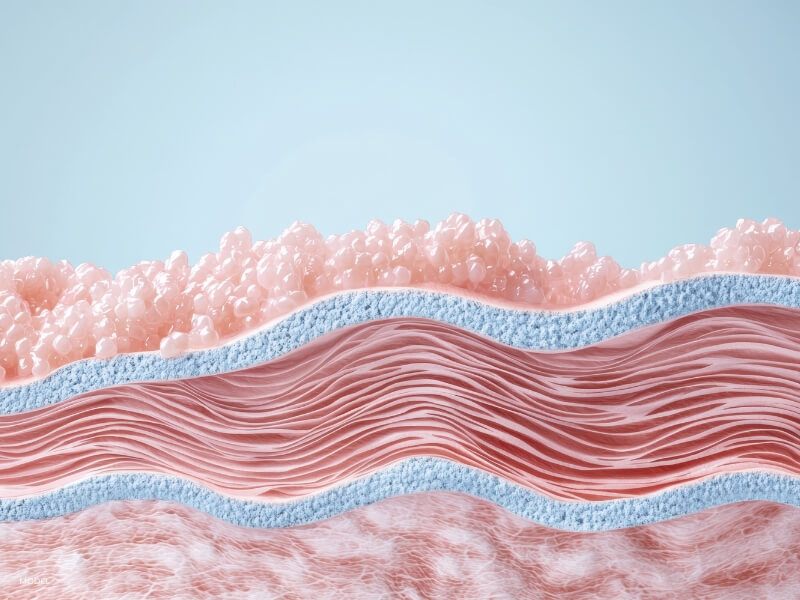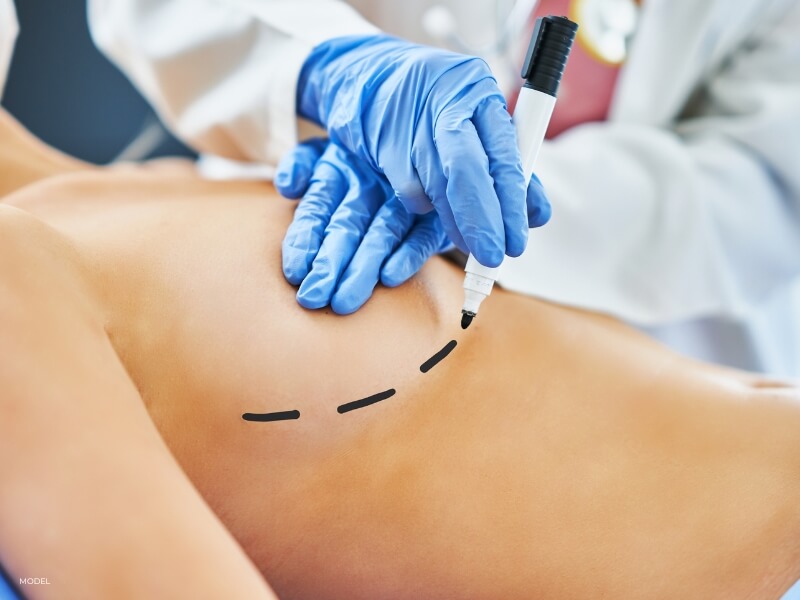Breast surgery is a deeply personal decision, often driven by factors like having children, aging, weight changes, or simply a desire for enhanced confidence. Procedures such as breast augmentation, breast lift, or breast reduction, empower women to feel their best. But, as with any surgery, there’s one question that many are hesitant to ask upfront, yet it lingers at the back of their minds—is scarring inevitable?
Here, we’ll walk you through the factors that influence scars, how they form, and, most importantly, the best ways to care for your scars to achieve the best healing possible.
The Science Behind Scars
When your skin undergoes trauma, such as an incision, your body gets to work, sending collagen to repair the damage. Think of it this way. Imagine movers helping you relocate to a new home. They unload everything quickly, but at first, the boxes are unorganized, piled up randomly in the living room. Similarly, collagen initially floods the injured area in a chaotic manner, which often results in raised or bumpy scars.
Over time, as the collagen fibers organize themselves and lie in one direction, scars tend to flatten and fade. However, the healing process can vary, and good aftercare can be pivotal in making your scars less noticeable.

Factors That Influence Scars
According to Benjamin Rechner, MD, a board-certified plastic surgeon, several elements impact how a scar appears, including your physiology, age, and even the surgical technique used. Here are the key influences at play:
1. Your Physiology
The way your body heals is unique to you. It depends on how much collagen your body produces, how efficiently it’s delivered to the incision site, and how the fibers organize over time.
2. Your Age
Interestingly, age plays a surprising role in scar formation. While younger people are often thought to heal faster, their collagen-rich bodies can actually form thicker, more noticeable scars. On the other hand, older adults produce less collagen, which often results in thinner, less obvious scars.
3. Surgeon Technique and Incision Placement
This is where your choice of surgeon is crucial. During breast reduction surgery, for example, Dr. Rechner emphasizes that incisions placed in areas with minimal tension tend to heal flatter and more smoothly. During your consultation, be sure to discuss these techniques and ask questions about how your surgeon places incisions for optimal healing.

How to Minimize Breast Surgery Scars
While genetics and age might be out of your control, there are several steps you can take to promote better scar healing and appearance.
1. Follow Post-Surgery Instructions
The healing process starts immediately after surgery. Post-operative care includes using skin closure strips and wearing a specially designed post-surgical garment. These provide critical support and minimize tension on the incision site during the initial healing phase. Avoid removing the closure strips prematurely or wearing underwire bras too soon, as this could worsen scarring.
2. Use Silicone-Based Scar Treatments
Two weeks post-surgery, when your incisions have fully closed, it’s time to integrate a silicone-based topical ointment into your scar after care routine. Silicone creates a protective barrier that hydrates the scar, preventing it from drying out prematurely. Massaging the scar gently while applying the ointment also stimulates blood circulation and helps organize collagen fibers for smoother healing.
3. Be Patient and Persistent
Scar healing is a long-term process, often taking up to a year or longer, so patience is key. Consistency in following your surgeon’s recommendations and performing scar care will yield the best results.
Why Proper Scar Care Matters
Beyond aesthetics, ensuring that your scars heal well is an integral part of feeling confident and comfortable in your post-surgery body. Flatter, less noticeable scars not only reduce self-consciousness but also signify that your body has healed properly.
Your Journey Starts Here
Deciding to undergo breast surgery is a significant step, and we’re here to guide you every step of the way—from consultation to recovery. At the Centre for Plastic Surgery, our team of plastic surgeons prioritizes not just your surgical outcomes but also your holistic well-being.
Have questions about scarring, surgeries, or aftercare? Schedule a consultation today with one of our experienced surgeons and take the first step toward the confident, rejuvenated version of yourself.
Transform your confidence. Love your body. Start your consultation today!
